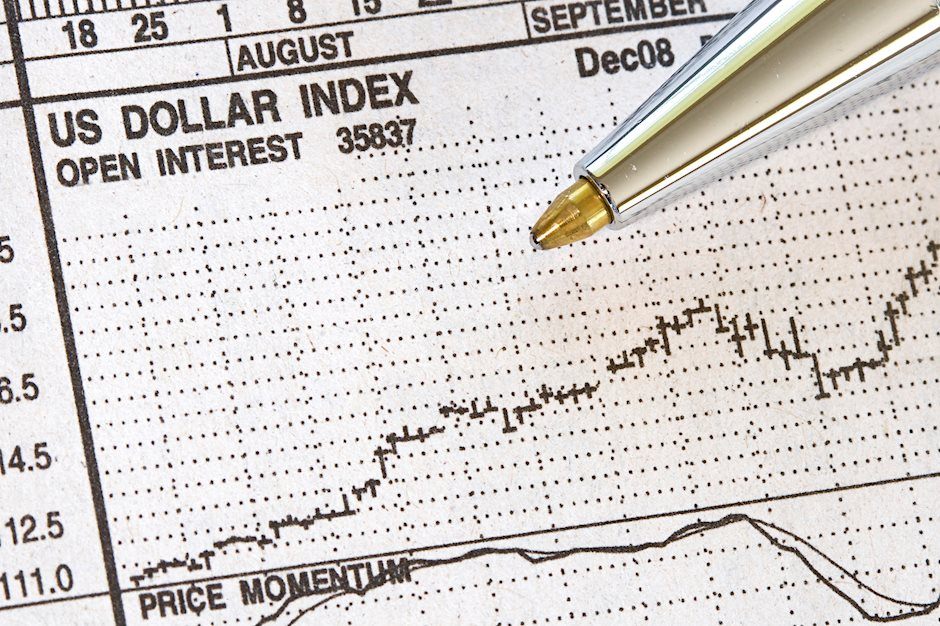US Dollar tallied another winning day as markets prepare for PCE data
- Fed's stance over inflation signals caution, not panic, over higher inflation projections.
- Investors await incoming data to form further expectations on the timing of the easing cycle.
- PCE figures for February are due on Friday, and will be key to Greenback price action.

The US Dollar Index (DXY) is currently trading with mild gains at 104.3, a level close to Friday's peak of 104.50. Investors seem to be on the sidelines as they wait for fresh drivers to place their bets on the timing of the Federal Reserve’s (Fed) easing cycle.
That being said, the Federal Reserve appeared less aggressive last week, adopting a cautious approach toward the easing cycle that's anticipated to start in June. This stance comes after an upward revision of inflation projections and reassurances from Chair Jerome Powell that the bank will avoid overreacting to two months of high inflation figures. However, the US Dollar managed to clear all the post-Fed losses, mainly as the US economy holds resilient.
Daily digest market movers: DXY mildly higher as investors prepare for PCE data
- Statements from Fed speakers are under focus after the FOMC meeting, Waller will be on the wires later in the session.
- According to the CME FedWatch Tool, the odds of easing starting in June stand near 60%.
- The headline Personal Consumption Expenditures (PCE) is expected to have risen by 2.5% YoY, while the core measure is seen coming in at 2.8%. The outcome of the Fed’s preferred gauge of inflation will dictate the pace of the USD for the short term.
- US Treasury bond yields are falling, with the 2-year yield standing at 4.56%, the 5-year yield at 4.19%, and the 10-year yield at 4.20%.
DXY technical analysis: DXY is under bull control while indicators flatten
The Relative Strength Index (RSI) is currently reflecting a flat position in positive territory, which indicates stable buying pressure. The Moving Average Convergence Divergence (MACD) shows flat green bars, suggesting that buying momentum remains intact. Furthermore, the placement of the index above its 20, 100 and 200-day Simple Moving Averages (SMAs) confirms the long-term bullish bias.
The flatness of the indicators comes after a 1% winning week, which may push the Index into a consolidation phase as investors await new fundamental drivers. In the meantime, if the Index holds above its main SMAs, the outlook will be bright.
Inflation FAQs
Inflation measures the rise in the price of a representative basket of goods and services. Headline inflation is usually expressed as a percentage change on a month-on-month (MoM) and year-on-year (YoY) basis. Core inflation excludes more volatile elements such as food and fuel which can fluctuate because of geopolitical and seasonal factors. Core inflation is the figure economists focus on and is the level targeted by central banks, which are mandated to keep inflation at a manageable level, usually around 2%.
The Consumer Price Index (CPI) measures the change in prices of a basket of goods and services over a period of time. It is usually expressed as a percentage change on a month-on-month (MoM) and year-on-year (YoY) basis. Core CPI is the figure targeted by central banks as it excludes volatile food and fuel inputs. When Core CPI rises above 2% it usually results in higher interest rates and vice versa when it falls below 2%. Since higher interest rates are positive for a currency, higher inflation usually results in a stronger currency. The opposite is true when inflation falls.
Although it may seem counter-intuitive, high inflation in a country pushes up the value of its currency and vice versa for lower inflation. This is because the central bank will normally raise interest rates to combat the higher inflation, which attract more global capital inflows from investors looking for a lucrative place to park their money.
Formerly, Gold was the asset investors turned to in times of high inflation because it preserved its value, and whilst investors will often still buy Gold for its safe-haven properties in times of extreme market turmoil, this is not the case most of the time. This is because when inflation is high, central banks will put up interest rates to combat it. Higher interest rates are negative for Gold because they increase the opportunity-cost of holding Gold vis-a-vis an interest-bearing asset or placing the money in a cash deposit account. On the flipside, lower inflation tends to be positive for Gold as it brings interest rates down, making the bright metal a more viable investment alternative.
Author

Patricio Martín
FXStreet
Patricio is an economist from Argentina passionate about global finance and understanding the daily movements of the markets.

















